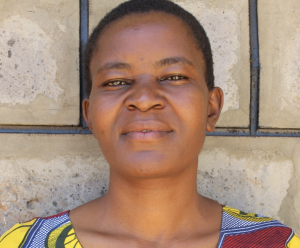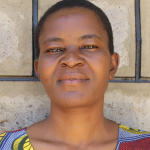The Shiveye Community is home to 175 people, all of whom rely on the Inzoli Spring for water, though it is far from being reliable. Long lines and contaminated water often force them to go to an alternative source, which isn't any safer.
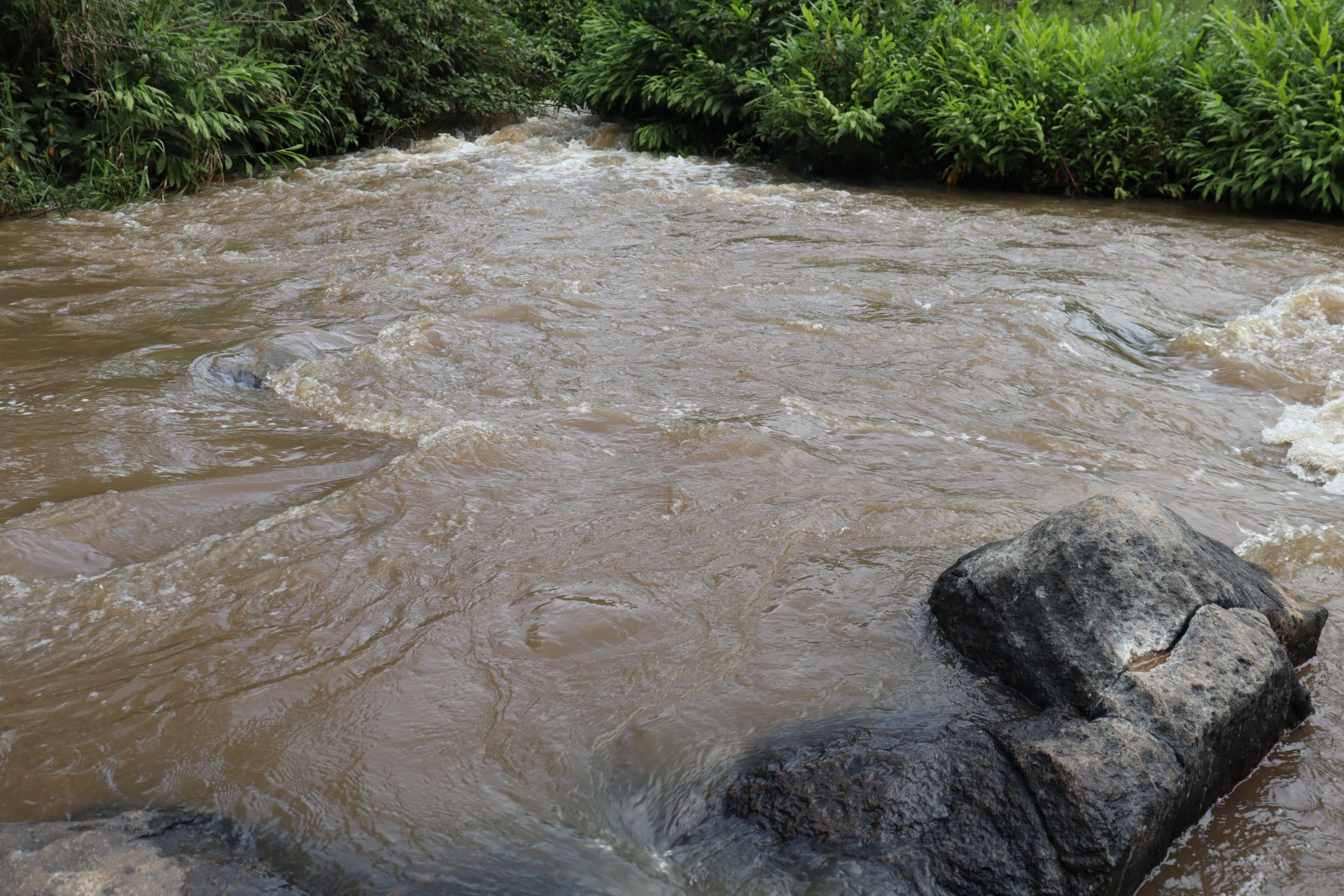
Field Officer Rose Serete described what the community faces. "The community members complained of being infected with typhoid, and they have been diagnosed with symptoms of diarrhoea and lower abdominal pains too. The terrain around this water source is so steep and slippery [that] they complain of falling down with containers and getting hurt. This makes accessibility so hard for them."
14-year-old Brighton has lived with this water crisis for most of his life. He has suffered through waiting many long hours in lines to collect water.
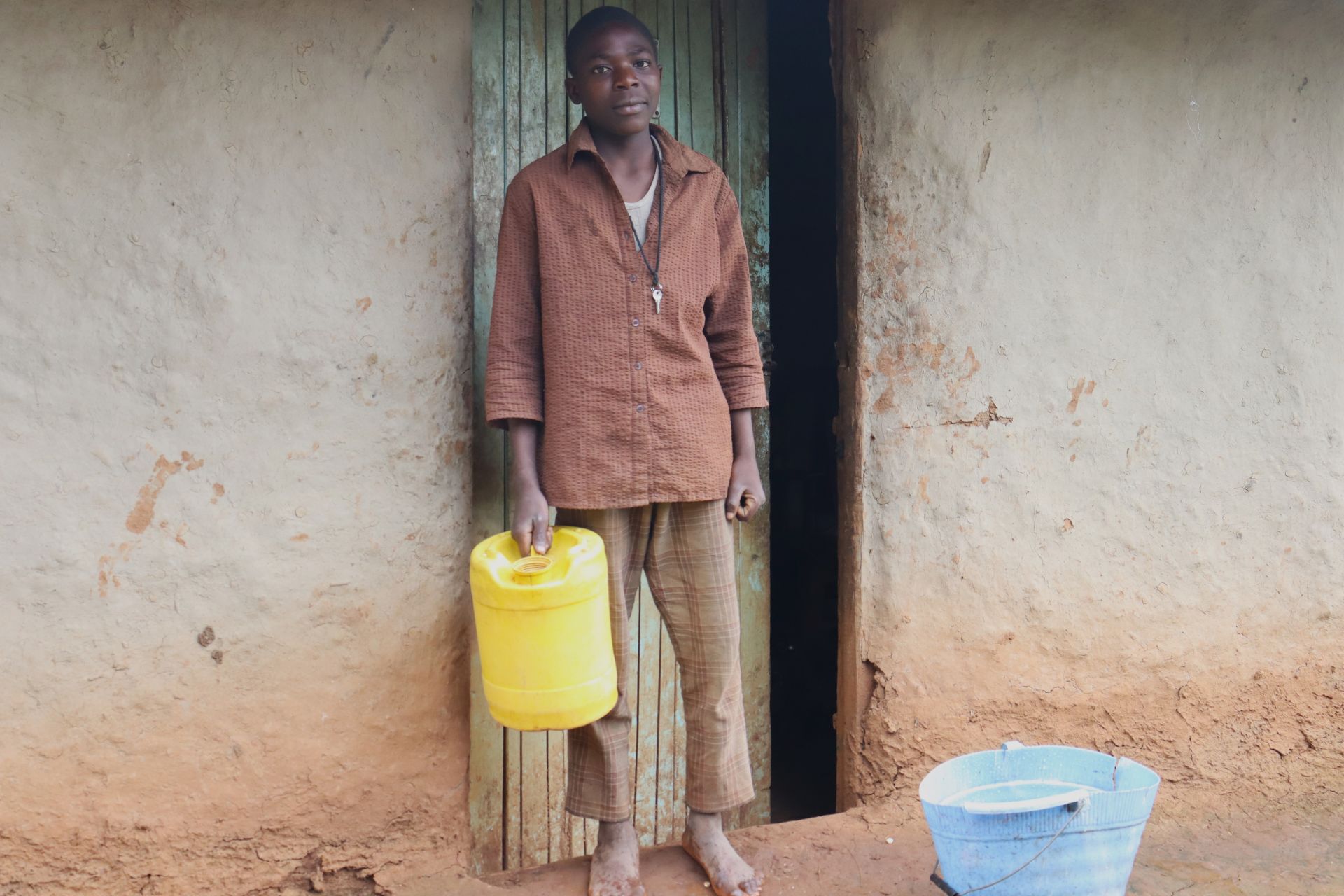
"The long queue that is experienced at the water source and the superiority of other members that make them fetch water first before we fetch, making fetching water [take a] long [time]," Brighton said.
"I have experienced occasional cases where someone pushed me back on the queue because of his older age," he added.
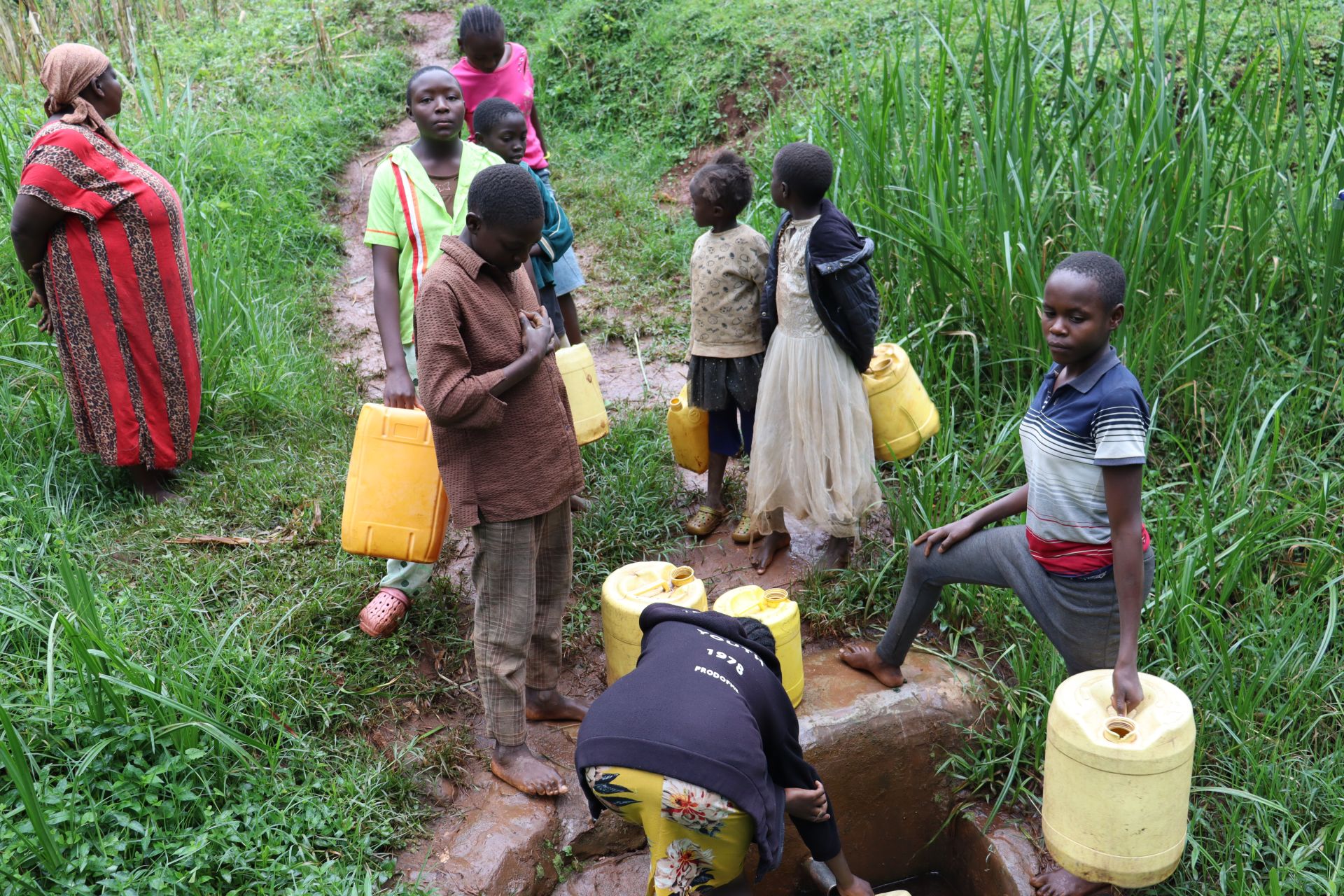
We ask Brighton how he feels about being sent for water. "I feel disgusted because of the long queue that is witnessed at the water source each time we go for water," he impassioned.
They also use a nearby river, but its water quality is questionable, and filling jerrycans can be treacherous.
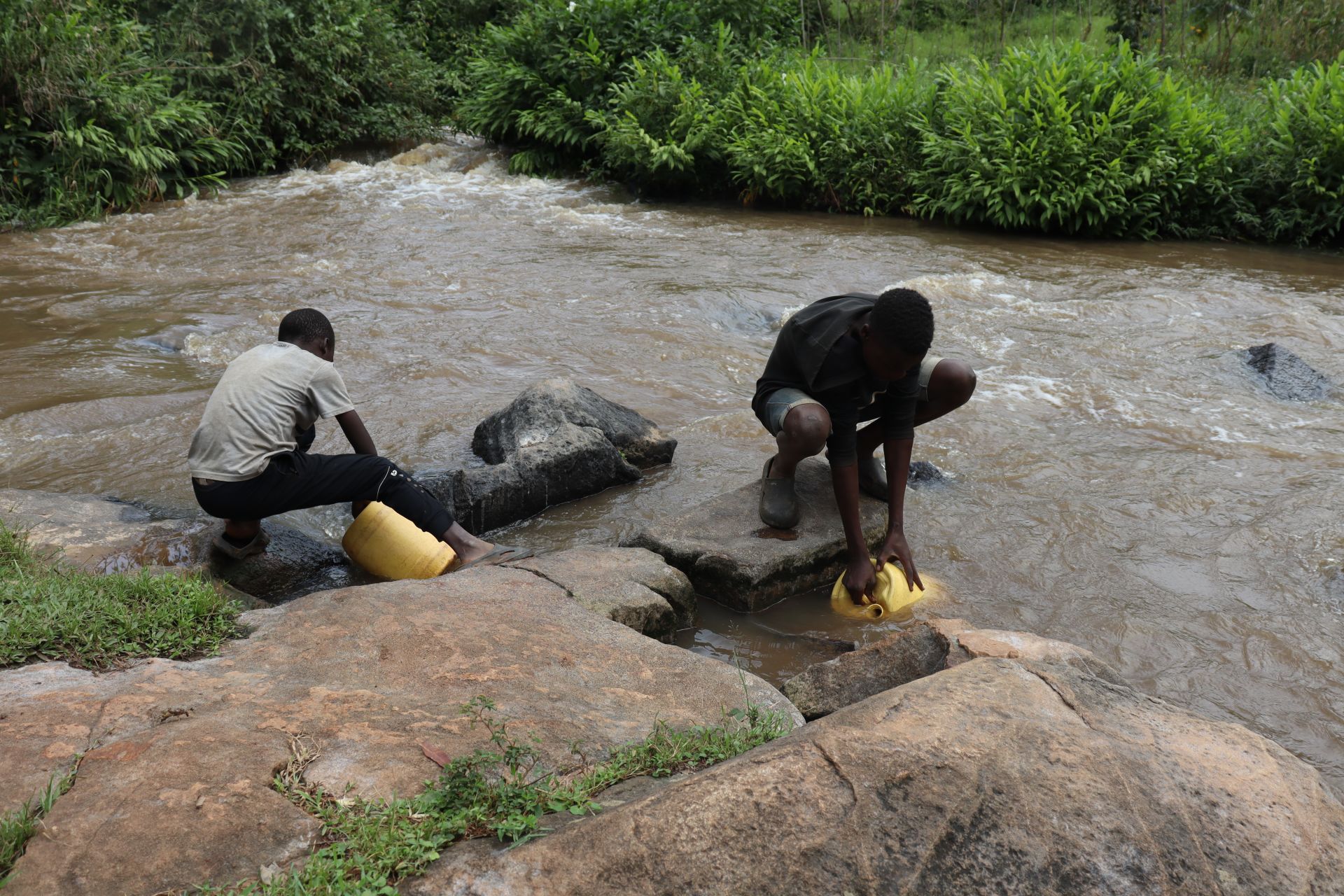
Neither water source is accessible.
Brighton's education suffers as much as his physical and mental health.
He shared, "Yes, it impacts me negatively. I have to spend more time at the water source that consumes more of my study time, which affects my performance in class."
Classroom time lost is difficult to recoup, but Brighton won't get a chance to try for a brighter future without a solution.
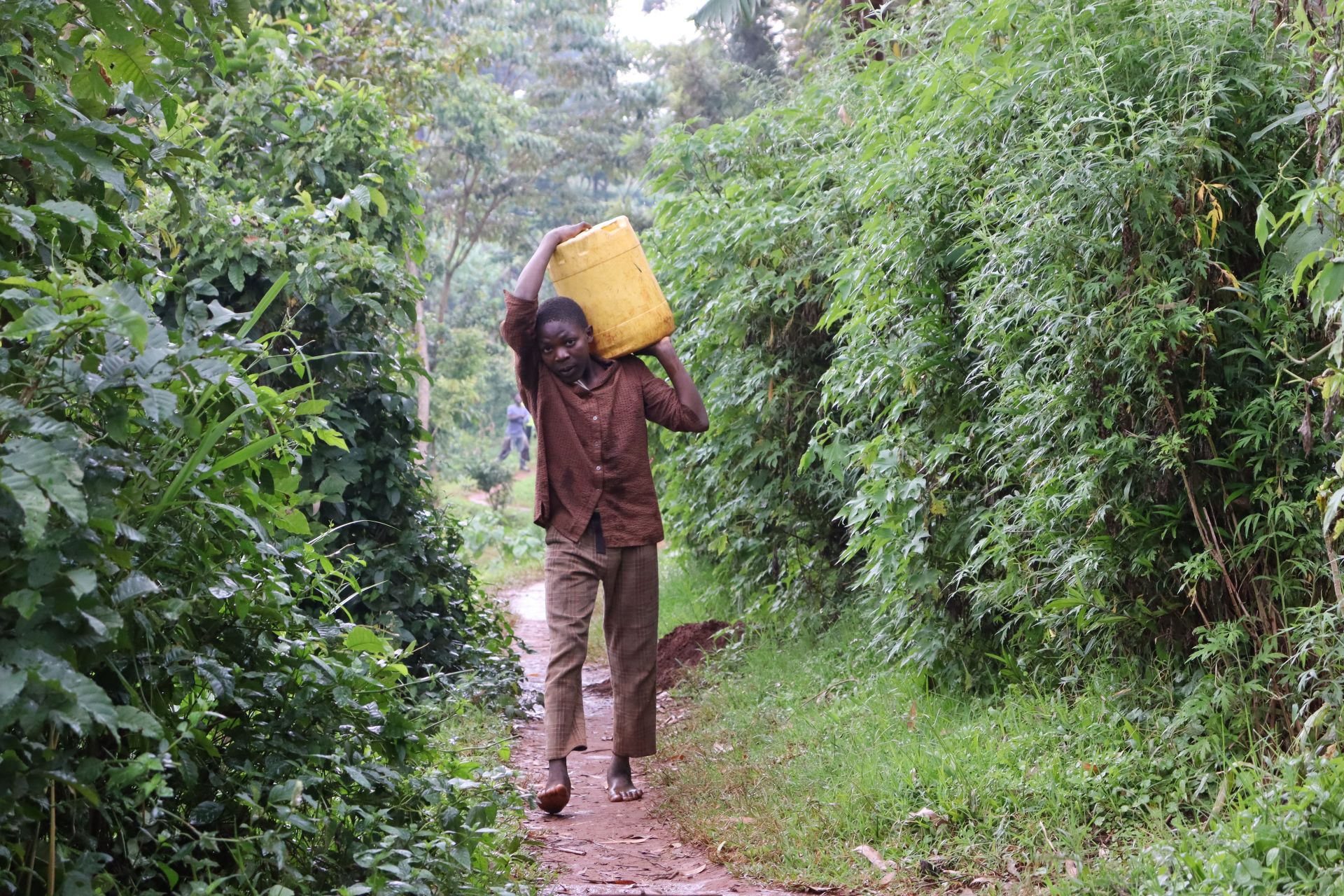
He has big goals, ones that benefit others and require a strong foundation. Protecting the spring and giving him a safe, reliable water source with clean water readily available will allow Brighton to chase his dreams.
"As a young, ambitious person who believes that everything good in this world belongs only to those who work smart and do extraordinary things. I aspire to become an electrical engineer who, in the near future, will ensure electricity reaches the underserved community members. The availability of electricity will also smooth learning in remote schools, as pupils will get to school so early for their studies and even study until late," he concluded.
Steps Toward a Solution
Our technical experts worked with the local community to identify the most effective solution to their water crisis. They decided to safeguard the existing flowing spring.
Spring Protection
Springs are natural water sources that originate from deep underground. As water travels through various layers of the earth, it undergoes a natural filtration process, making it cleaner and safer to drink. To protect these spring sources from contamination, we construct a waterproof cement structure around layers of clay, stone, and soil. This design channels the spring water through a discharge pipe, facilitating easier, faster, and cleaner water collection.
Accessibility Upgrade
At some protected springs, the path down to the water is steep, narrow, and slippery—especially in the rainy season. By extending the concrete stairway and improving the approach, we make it safer and easier for families, older adults, and children to reach the spring for daily water collection.
Chlorine Dispenser
As an extra measure towards water quality safety, uniquely engineered chlorine dispensers are installed at all of our spring protection projects so community members can treat their water with pre-measured doses of chlorine. The chlorine treats any possible contamination and stays active for two to three days, ensuring water stays safe to use even when stored at home. Chlorine delivery and maintenance of the dispensers are part of our ongoing community support.
Community Education & Ownership
Hygiene and sanitation training are integral to our water projects. Training is tailored to each community's specific needs and includes key topics such as proper water handling, improved hygiene practices, disease transmission prevention, and care of the new water point. Safe water and improved hygiene habits foster a healthier future for everyone in the community. Encouraged and supported by the guidance of our team, a water user committee representative of the community's diverse members assumes responsibility for maintaining the water point, often gathering fees to ensure its upkeep.
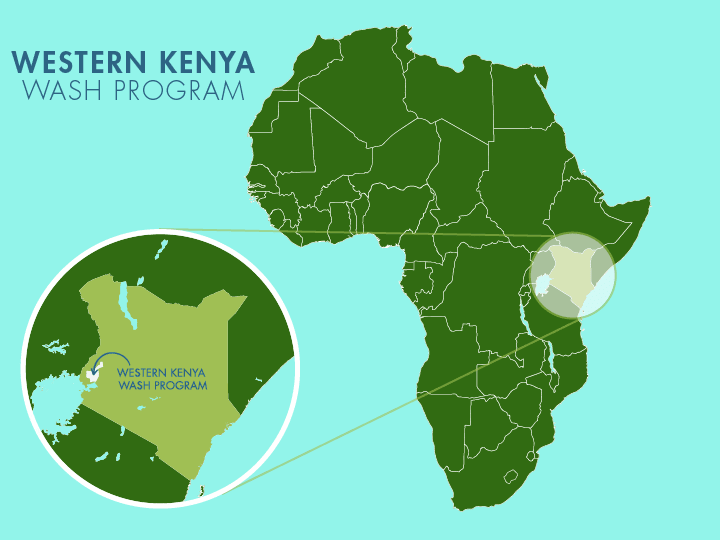
 Protected Spring
Protected Spring
 Rehabilitation Project
Rehabilitation Project










